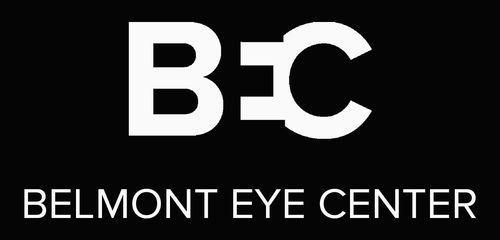As children head back to school, it’s not just new backpacks and fresh notebooks that matter—clear vision plays a critical role in academic success. Yet many students return to the classroom each fall only to discover that their eyesight has changed since the previous year.
Recent studies show that nearsightedness (myopia) is on the rise among children and teens, with screen time playing a significant role. Twenty-five years ago, about 20% of children were diagnosed with vision problems. Today, that number has jumped to more than 35%, and experts predict it could climb to 50% in the coming decades.
Why Vision Problems Are Increasing
The sharp rise in nearsightedness coincides with an increase in near and up-close activities—especially extended use of tablets, smartphones, and computers. While reading and studying have always required focus up close, hours of daily screen time are straining children’s eyes like never before.
In many cases, vision changes go unnoticed until the classroom demands sharper distance vision—like reading from the whiteboard or projector. Without correction, kids may struggle to keep up, leading to frustration, headaches, or even falling behind academically.
Simple Ways Parents Can Help
While screens are here to stay, there are steps parents can take to help protect their children’s vision:
-
Encourage outdoor play. Spending at least two hours a day outside has been shown to reduce the risk of developing myopia. Natural light and long-distance focusing give young eyes a much-needed break.
-
Use the 20-20-20 rule. Every 20 minutes of near work, have your child look at something at least 20 feet away for 20 seconds. This small habit can ease eye strain.
-
Limit “bad habits.” Reading in poor lighting or holding books and devices too close to the face can accelerate strain. Make sure children use proper lighting and maintain healthy posture when studying.
-
Schedule annual eye exams. School screenings and pediatric visits may catch some issues, but a comprehensive eye exam with an optometrist or ophthalmologist ensures early detection of conditions like lazy eye (amblyopia), which can cause permanent vision loss if untreated.
The Importance of Early Detection
Most vision problems in children are treatable if caught early. In fact, diagnosing vision issues before age 10 can make a lifelong difference, particularly in preventing amblyopia. Kids who see clearly can focus on learning the material—rather than struggling to read the words in front of them.
The Bottom Line
Back-to-school season is the perfect time to make eye health a priority. Clear vision sets children up for success both inside and outside the classroom.
At Belmont Eye Center, we recommend that every child receive a comprehensive eye exam before the school year begins. If your child is squinting, sitting too close to screens, or complaining of headaches, it may be time to schedule a visit.
Book your child’s back-to-school eye exam today and give them the clear vision they need to thrive this year.
